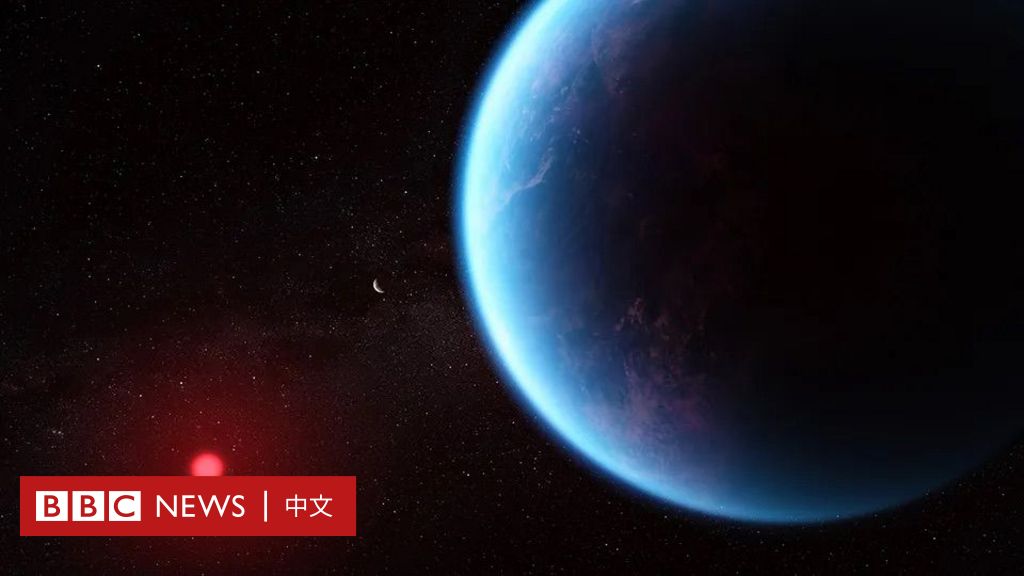K2-18b: Is There Life on This Potentially Habitable Exoplanet?
The discovery of K2-18b, an exoplanet orbiting within the habitable zone of its red dwarf star, K2-18, sent ripples of excitement through the scientific community and the public alike. Located approximately 124 light-years away in the constellation Leo, this super-Earth possesses characteristics that make it a prime candidate in the search for extraterrestrial life. But is there actually life on K2-18b? Let's delve into what we know and what remains a mystery.
K2-18b: A Closer Look at the Potential Habitable Exoplanet
K2-18b was initially discovered in 2015 by the Kepler space telescope. However, it wasn't until 2019 that further observations confirmed the presence of water vapor in its atmosphere – a significant finding that fueled speculation about its potential habitability.
Key Characteristics Suggesting Habitability:
- Location within the Habitable Zone: K2-18b orbits its star within the habitable zone, also known as the Goldilocks zone – the region where liquid water could exist on the planet's surface.
- Presence of Water Vapor: The detection of water vapor in its atmosphere is a crucial indicator, as water is essential for life as we know it. However, the amount of water vapor present and its distribution within the atmosphere remain subjects of ongoing research.
- Super-Earth Classification: K2-18b is classified as a super-Earth, meaning it's larger and more massive than Earth but smaller than Neptune. This size range offers a broad spectrum of potential surface conditions and atmospheric compositions.
The Challenges and Uncertainties
While the discovery of water vapor is promising, several factors complicate the question of K2-18b's habitability:
Unanswered Questions:
- Atmospheric Composition: While water vapor has been detected, a complete understanding of K2-18b's atmospheric composition is still lacking. Other gases, potentially harmful to life, could also be present.
- Surface Conditions: We don't know the surface conditions on K2-18b. It could be a rocky planet, an ocean world, or something entirely different. The planet's surface temperature and pressure are also unknown.
- Tidal Locking: K2-18b is likely tidally locked to its star, meaning one side permanently faces the star while the other side is perpetually in darkness. This extreme temperature difference could impact habitability.
- Stellar Activity: K2-18 is a red dwarf star, known for their frequent and intense flares. This stellar activity could strip away a planet's atmosphere or make it inhospitable to life.
The Search for Biosignatures: The Next Steps
Determining whether life exists on K2-18b requires further investigation. Scientists are focusing on detecting biosignatures – substances or processes that provide clear evidence of life.
Future Research and Missions:
- Next-Generation Telescopes: The James Webb Space Telescope (JWST) and future telescopes will play a critical role in analyzing K2-18b's atmosphere in greater detail, searching for biosignatures like methane and oxygen.
- Advanced Atmospheric Modeling: Sophisticated computer models will help scientists understand the planet's climate and atmospheric dynamics, providing insights into its habitability.
- Future Space Missions: While not currently planned, future space missions could potentially send probes to K2-18b for closer examination.
Conclusion: The Ongoing Quest for Life Beyond Earth
The discovery of K2-18b and the presence of water vapor in its atmosphere represent a significant milestone in the search for extraterrestrial life. However, much remains unknown. Continued research and technological advancements are crucial to answer the question: Is there life on K2-18b? The quest continues, and the answers may lie just beyond our current technological capabilities. Stay tuned for exciting updates as we push the boundaries of space exploration and our understanding of the universe.
Keywords: K2-18b, exoplanet, habitable zone, super-Earth, water vapor, extraterrestrial life, biosignatures, James Webb Space Telescope, red dwarf star, space exploration, astrobiology
Related Articles: (Link to other relevant articles on your site – internal linking)
External Links: (Links to relevant scientific papers and NASA/ESA websites)
